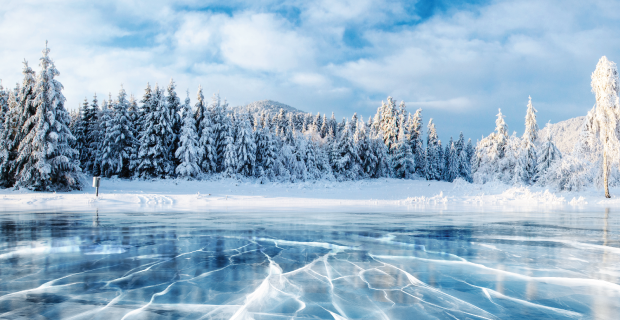Date Published: 2023/12/20
Read Time: mins
Myths about ice; be careful

This winter, the best advice we can give you is to stay away from frozen bodies of water. But if you still want to venture there, please read the following: it could save your life or that of others.
Here are some MYTHS about ice:
The thickness of the ice will be even across a body of water
FALSE. If you believe the thickness of the ice will be even, you are wrong. Ice can be very thick at one place and very thin just a few meters away.
Bitter and cold weather means the ice is solid enough
FALSE. Abrupt temperature changes can weaken the ice and crack it. Additionally, other factors (wind, a snow layer, water currents and level variations) can weaken the ice and make it unable to bear weight.
A good swimmer has better chances of being able to save themselves after falling through ice
FALSE. Since cold water causes coordination problems, this makes it difficult for someone who falls into cold water to swim and get out of the water, regardless of their swimming abilities.
Snow on a frozen lake or river makes the ice surface stronger
FALSE. Snow acts like an insulating blanket; this means it actually hinders the formation of ice.
Venturing on ice at night is not dangerous if you know where you are going
FALSE. Ice conditions change daily, and darkness at night makes it difficult to detect obstacles or hazards.
No one wants to go through the traumatic experience of seeing the ice slip away from under their feet, so why take the chance of putting your lives in danger when the fact is that it is impossible to know with certainty whether the surface is quite solid and safe.
This winter, be careful. Choose activities that are fun and will keep you and your family safe.
Source : Société de sauvetage